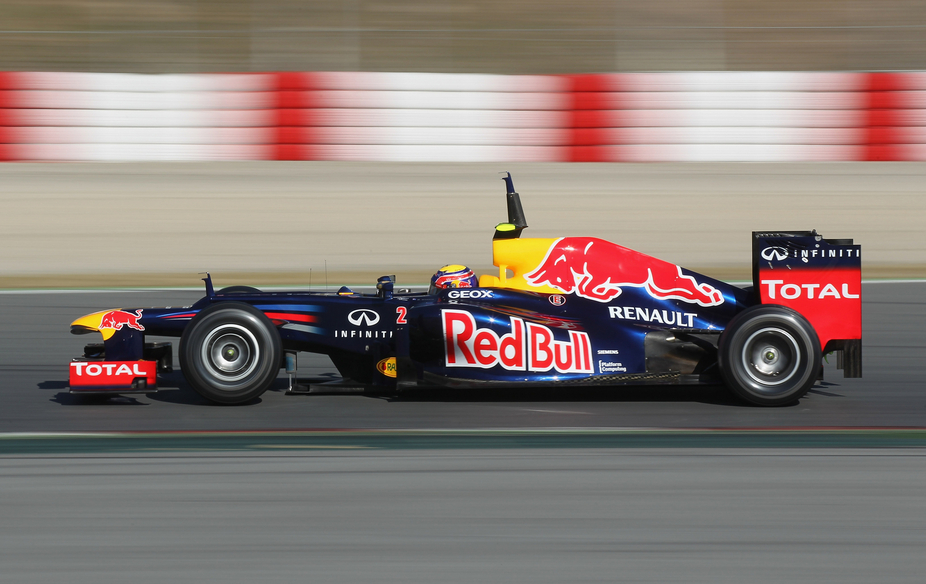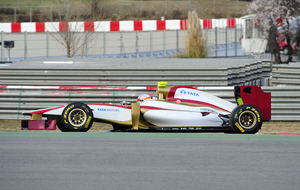|
Send this page to a friend! Fill in the form bellow | ||
news
Technical Changes for the 2012 season
There have been changes to the Formula 1 technical and sporting rules this season that appear minor in theory, but in practice are having major ramifications on the sport.
The most obvious of these changes have been what is dubbed the 'platypus nose.' The FIA mandated that forward of the front bulkhead cars could only be 55cm high. In previous years, the nose could be as much as 62.5cm high. This has forced teams to have a nose on the car that slants down quickly from the front bulkhead and then straightens out at 55mm high.
In the spirit of Formula 1, many teams have found very creative ways around this new rule. McLaren is the only car without the platypus nose. Its nose flows from the cockpit down a long, sweeping curve to a point. Red Bull has embraced the rule change by building a small air intake into the point where the nose steps down. Where exactly this air is being routed, is unknown, but it is a creative interpretation of the rules.
Most teams, though, just have a general step-down to the nose. We will see if any other teams embrace either Red Bull's air duct or McLaren's curve as the season goes on.
Before testing began, there was a kerfuffle about Lotus and Ferrari's brake anti-dive system. The system used pushrods under braking to keep the nose from dropping under braking. The FIA decided that the system was an aerodynamic aid against the rules, despite the fact it was purely mechanical, and both teams removed it from their cars.
One rule change has affected the HRT and Marussia teams severely. The FIA mandated that teams had to complete a series of crash tests before their cars would be allowed to test or race. Both HRT and Marussia were unable to pass those crash tests during the entire preseason testing period but had their cars ready just after the final test for the filming day. Filming days limit teams to last year's tires and 100km of driving.
The rule change that it seems many teams are still cheating is the ban on off-throttle blown diffuser exhausts. Last season, many teams raced with exhausts that blew through the diffusers even when the driver was off throttle to create downforce. This style of exhaust is banned this year, but teams, especially Red Bull, seem to be finding ways around it.
Mercedes found a loop hole in the ECU that would allow for teams to run a partially-blown exhaust, but it alerted the FIA who changed the mapping to eliminate the possibility.
It appears that Red Bull has created a system where the exhaust does not blow on the diffuser directly but is sucked, via some strategically placed holes in the body, into the diffuser. Red Bull just put this exhaust on its car during the last day of the final round of testing; so it is too soon to say how the FIA will react.
Pirelli has developed all new tires for this season, which it says will not last as long but will give peak performance longer. It is estimating that teams will have to use either two- or three-stop tire strategies in the coming season.
The tires are also closer from compound to compound now. Pirelli estimates that 0.7 seconds will separate the soft and hard tire compounds; it had been 1.5 seconds before.
Changes to the sporting code this year are more minor. Teams will get a mid-season test at Mugello on May 1.
Contribute
latest news


















